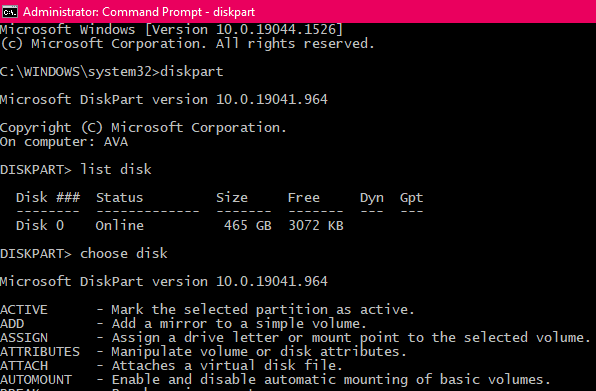SD cards provide additional storage for your phone and facilitate data transmission from one phone to another. However, they are frequently corrupted as a result of random and frequent changes in equipment. For example, if you insert your SD card but are unable to view the photographs or documents, it is possible that the card has been deleted or corrupted. What do you think you should do now? First and foremost, this is a common occurrence. So don't be concerned about your data on the SD card. Data may be quickly recovered from a corrupted SD card. In this essay, we will show you how to repair a faulty SD card without losing data. In addition, we will recommend a free SD card repair tool to recover photographs from a corrupted SD card. But first, you must understand when your SD card is corrupted.
Signs of a Corrupted SD Card
Before we get into the procedures for recovering data from a corrupted memory card, let's look at the signs of SD card corruption:
- If your device does not recognise the card after it has been placed,
- When transferring data, any read/write error messages
- When Windows sends a warning about a format problem
- Several efforts were made to install the card.
- Data transfer is sluggish.
If you see any of the following, your SD card may be having issues. So, how can you reset and repair a faulty SD card without losing your data?
How Can I Repair a Corrupted SD Card Without Losing Data?Use the CHKDSK command.
Follow the steps below to recover data from a faulty memory card using the CHKDSK command:
- Launch Command Prompt as Execute as administrator
- Write CHKDSK X:/f /r, replacing X with the letter assigned to the SD card you wish to repair. The "/f" option tells CHKDSK to reset a corrupted SD card.
- It will now take many hours to repair it, depending on the size of your memory card.
- This procedure may be used to repair any type of SD card. Perform a data backup before using the approach as a precaution.
Diskpart command (Without Formatting)
You may use Diskpart to recover data from a faulty SD card without having to format it or lose it. You must, however, choose the appropriate drive and perform commands on it.
- Insert the SD card into your computer.
- Run Command Prompt as an administrator.
- Enter diskpart and press Enter.
- Then, write list disc and hit Enter once again.
Enter the pick disc command and press the Enter key to select the number that corresponds to your SD card.
To repair a faulty SD card without losing data, type recover and then press Enter.
Use the card in conjunction with a different USB port or device.
Your computer may have faults that are causing you to have troubles with your SD card. To be sure, try the card in a different USB port or device. When your smartphone invites you to format the card, resist the urge.
Install Card Drivers Again
In most circumstances, Windows will download and install driver updates automatically. However, card drivers might become obsolete with time. If you believe this is the cause of the problem, manually update the drivers to see if it resolves the issue.
- Navigate to Device Manager.
- Browse through the SD card categories.
- After you've located the SD card option, right-click on it and select Update Driver.
- Select Search automatically for updated driver software, followed by the Update Driver option.
Repair a Corrupted SD Card Using Error Checking
Use this procedure if your SD card is not opening or you are unable to access it due to a device issue.
- Connect the SD card to your computer.
- Press the Windows key + E.
- Select Properties from the context menu when you right-click the SD card.
- On the Tools tab, click the Check button.
Before closing the scan window, wait for the scanning operation to finish. After that, you will be able to access and see your SD card files again.
How to Avoid Future SD Card Damage
Here are some tips for using SD cards. If you follow this advise, you will be less likely to be in a similar situation in the future.
- Purchase SD cards from well-known manufacturers.
- Never remove a memory card from your device in an unsafe manner while doing any activity.
- It's recommended not to take or view any new images, videos, or documents while your device's battery is going low.






